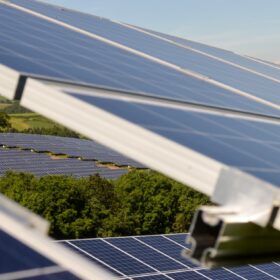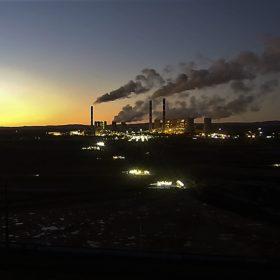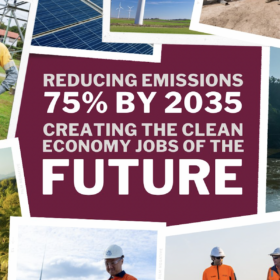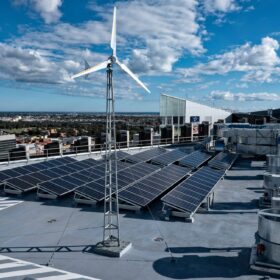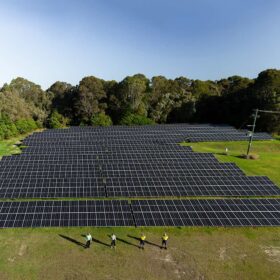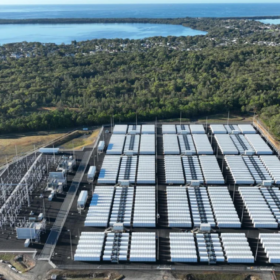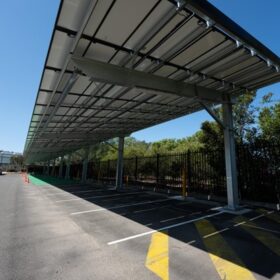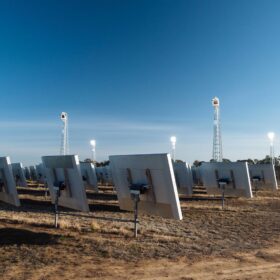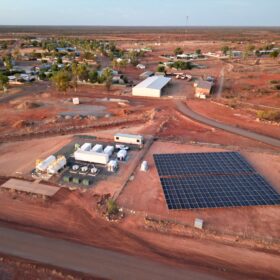Philippines gives green light to 65 MW of solar
The Philippines Board of Investments (BOI) has granted a green lane certificate to a 65 MW ground-mount solar power plant, set to become operational in September 2026.
60 MW Shady Creek Solar Farm wins development approval
Ireland-headquartered Elgin Energy Australia have announced approval from the Victorian government to develop the 60 MW Shady Creek Solar Farm and 60 MW / 120 MWh battery energy storage system (BESS), located on Bayleys Road, Yarragon, Victoria.
A major blackout left 500,000 Victorian homes without power – but it shows our energy system is resilient
Half a million homes and businesses in Victoria were left without power late on Tuesday following a major power outage. While investigations are underway as to what worked well and what fell short of expectations, Roger Dargaville, the
director of the Monash Energy Institute at Monash University, says that the event demonstrated system strength.
Queensland offgrid project upgrade demonstrates power of modern PV
A secluded island residence off-grid system receives new tech upgrade. The additional power and bang-for-buck demonstrates the new era of offgrid living available to Australian remote households.
Corporate PPAs hit record high in 2023, says BloombergNEF
BloombergNEF says in a new report that corporations publicly announced 46 GW of solar and wind power purchase agreements (PPAs) in 2023, up 12% year on year. It says the increase was driven by a surge of activity in Europe.
Queensland government to legislate 75% emissions reduction target
The Miles government in Queensland introduced legislation to state parliament today to formalize its emissions reduction target. The move takes the form of the Clean Economy Jobs Bill, which the state’s energy minister says will help create 100,000 new jobs.
Adopting decarbonisation levers to achieve net zero
With 2023, the hottest year on record, behind us, the COP28 global assembly addressing climate change took place in Dubai. Faced with a sobering reality that a proportion of the world’s net zero targets are progressing at a glacial pace, world leaders discussed how to accelerate our collective actions to mitigate climate change.
Study models increased efficiencies using EV charging facilities
Australian research has found EV charging facilities offered free using optimised solar systems can lower grid demand in the evening, with implications for broader nation-wide efficiencies.
The path beyond 5 TW
With the COP28 climate summit in Dubai resulting in a pledge of at least 11 TW of renewables generation capacity by 2030, Bruce Douglas, chief executive officer (CEO) of the Global Renewables Alliance (GRA), examines the outcomes of the conference and their likely impact on the solar industry.
NSW council reduces grid electricity consumption, costs with solar, energy efficiency
Tweed Shire Council says its grid electricity consumption has dropped by 11% last year because of improved energy efficiency and additional solar projects. Together, both contributed to an overall emissions reduction of 19%.

